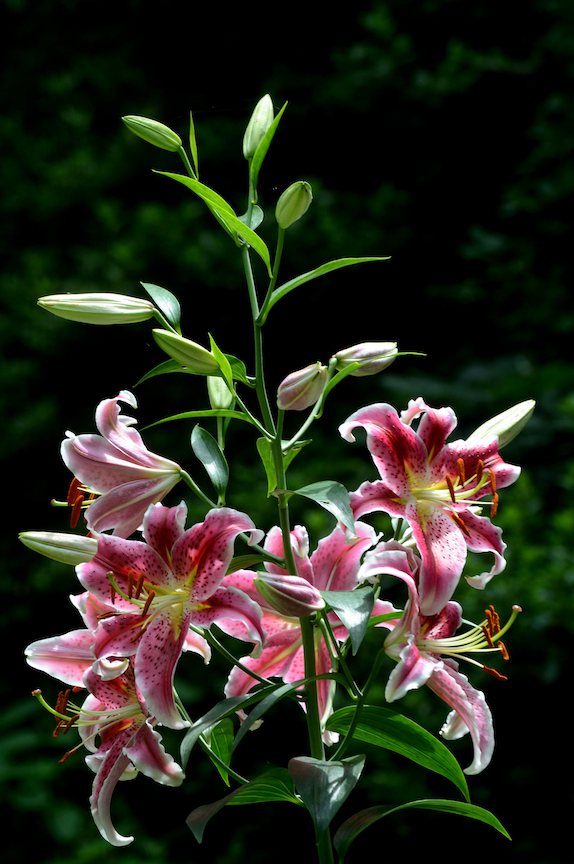
Gardening Green with Doug
Mid-Summer Sowing Tips to Keep That Garden Growing Well into Fall
By Doug Oster
July 22, 2022
There are two distinct fragrances emanating from the garden. The sweet smell of lilies and the not-so-sweet aroma of freshly harvested garlic. I actually love both. They are both garden obsessions that bring happiness in their own way.
The garlic will hang for three weeks in a warm dry place to cure so that it stores well and can be used for months.
When anything is harvested from the vegetable garden, though, something else can then be planted in its place.
There is still plenty of time to plant other things in these fallow areas. I chose ‘Dragon’s Tongue’ beans to sow, after putting down a layer of compost. You can watch a video of the process here. The bean is one of my favorites as it’s prolific and produces light yellow, flat pods covered with purple stripes. Last year I gave away bags and bags of beans as we had more than we could cook. It’s one of the fun things about being a vegetable gardener; sharing the harvest with others. Any bush bean seed would work though, ‘Contender’ or ‘Provider’ are nice varieties, but plant what you can find.
If there’s room, this is a good time to sow more lettuce and other greens like arugula, Swiss chard or even some mustard greens which get established and take over at the end of the season when things cool off.
Lettuce is the wild card actually, if it gets too hot, it might bolt and go to seed. I pick a spot under other plants or where there’s morning sun and afternoon shade. Lettuce should be sowed a few times over the next couple of months to keep the harvest coming.
Beets are another good choice for mid-summer sowing along with some peas too.
I’ll sow the peas directly in the garden, and some of the others, but also will start them in containers for more controlled germination.
Fill a pot with moist planting mix, add the seeds, then a light coating of the mix, and cover the container with clear plastic until the seeds sprout. I like a shady cool area until the seeds germinate. Remove the plastic and then keep the pot watered until the seedlings are big enough to plant.
The lilies are added each year as bargain acquisitions at the nursery. They can be found cheaply as plants when the flowers are done. I also discovered some nice bulbs for 50 cents apiece this year at a garden center. They could either be planted directly in the garden or put in pots to get established, then planted this fall in the ground. I’m doing it both ways as an experiment.
Most annuals, herbs, vegetables and hanging baskets start going on sale now. One thing I like to do is find some nice-looking hot peppers on sale and put them in containers. They love the hot weather and, in many cases, will already be filled with fruit.
There are still months of summer weather for annual flowers too. I like to buy things that are grown from tender bulbs or tubers while they are on sale now. That way I’m getting more bang for the buck. Things like caladiums, tuberous begonias, elephant ears, dahlias and cannas will grow until frost, then can be saved and replanted next spring.
I’m especially fond of caladiums, as they love the shade. They are grown for their colorful foliage and are carefree, along with the bonus that the bulbs are saved through the winter indoors.
There are two critical summer jobs for gardeners, watering and fertilizing, especially for containers.
I’m already getting lots of reports of blossom end rot on tomatoes and although it’s technically a calcium deficiency, watering is the true issue. Since the calcium is usually in the soil, the plant needs evenly moist soil to uptake the calcium. If the soil dries out for an extended period the fruit will form a sunken lesion at the bottom, referred to as blossom end rot. Thankfully, fruit that then gets the water needed, can be completely fine.
There are lots of ways to fertilize plants, but during the summer I prefer a liquid organic concentrate. It’s best applied after rain or watering as the soil or planting mixture absorbs the nutrients more easily instead of pouring right through.
I use something called Drammatic from the Dramm Corporation — and they are not paying me to say that. It’s fish based, smells like low tide when applied, but makes plants happy. In Pittsburgh, you can find it at Hahn Nursery and Chapon’s Greenhouse.
For containers, I’m fertilizing whenever I water during the long days of summer. The plants are using up the nutrients in the planting mix and need extra help from the fertilizer.
Don’t stop planting and adding things to the garden, especially when you can get a deal. It’s fun and always great to see something new growing in the landscape.
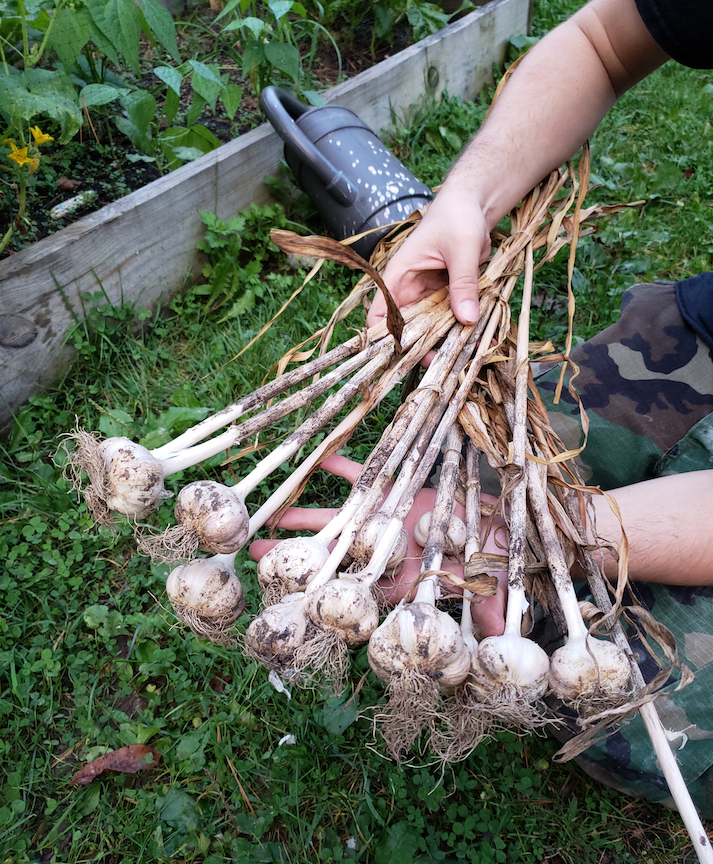
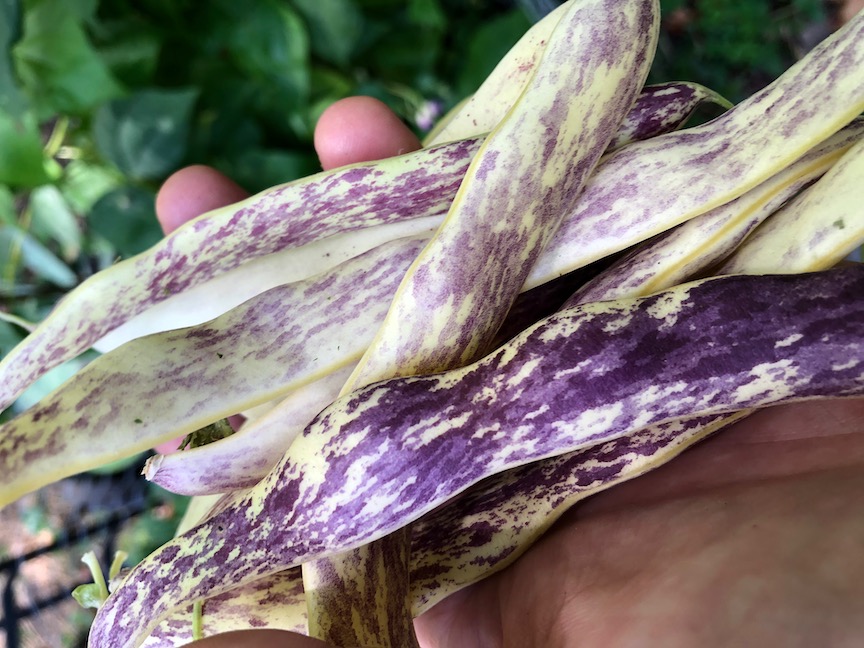
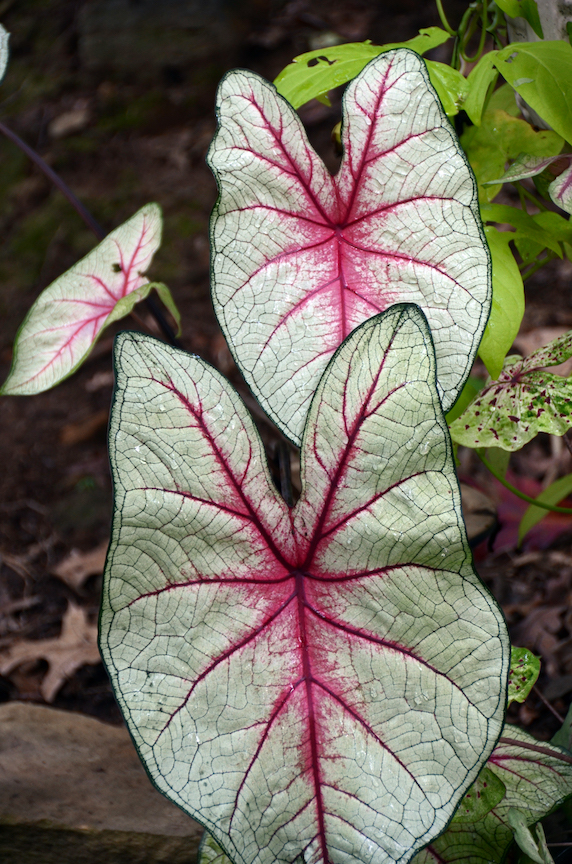
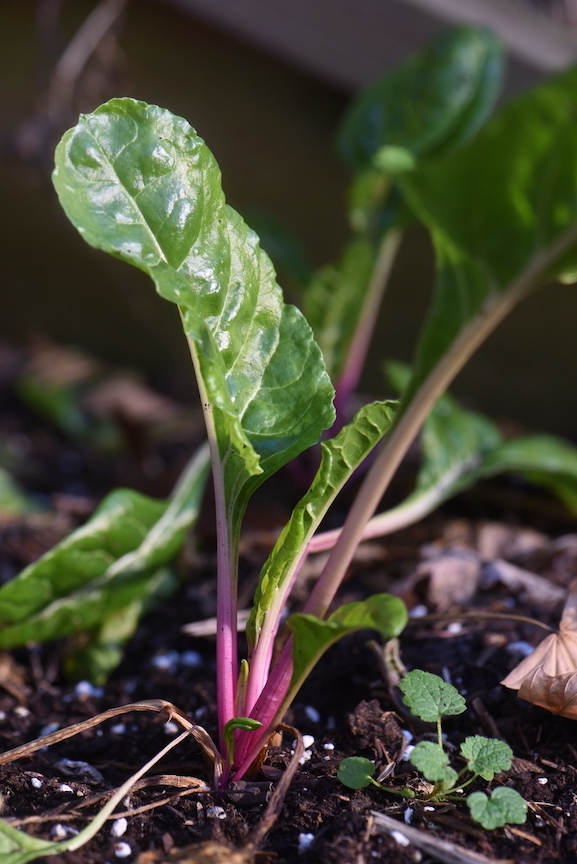
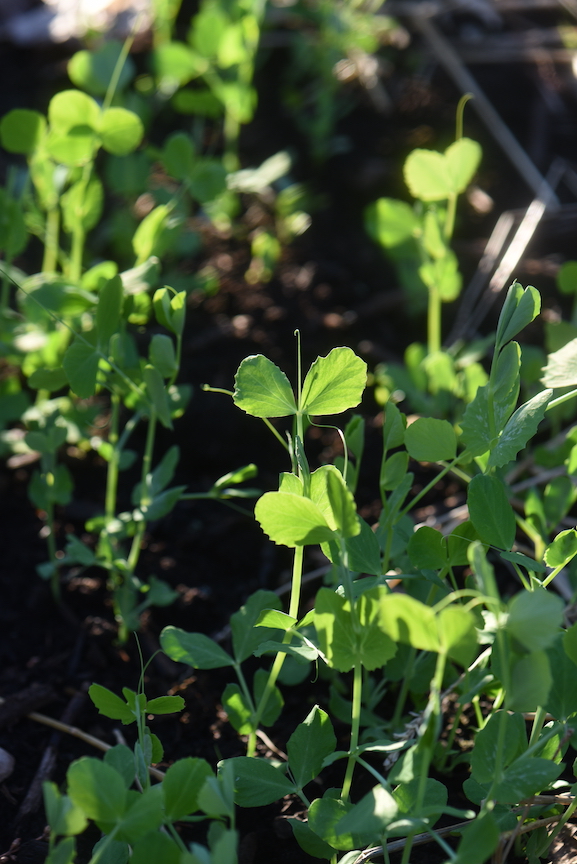
Doug Oster writes a column for The Green Voice Weekly Newsletter. He is also the host of The Organic Gardener Radio Show every Sunday morning at 7 a.m. on KDKA radio 1020AM. He also is hosting the television program, In Doug’s Garden by Davey Tree, which airs every Saturday morning at 9 a.m. on CBS/Pittsburgh Streaming.

Got some bags of gladiolus bulbs for $1 at Hahn Nursery also spirea bushes for a steal! The deals are there look in the corners!